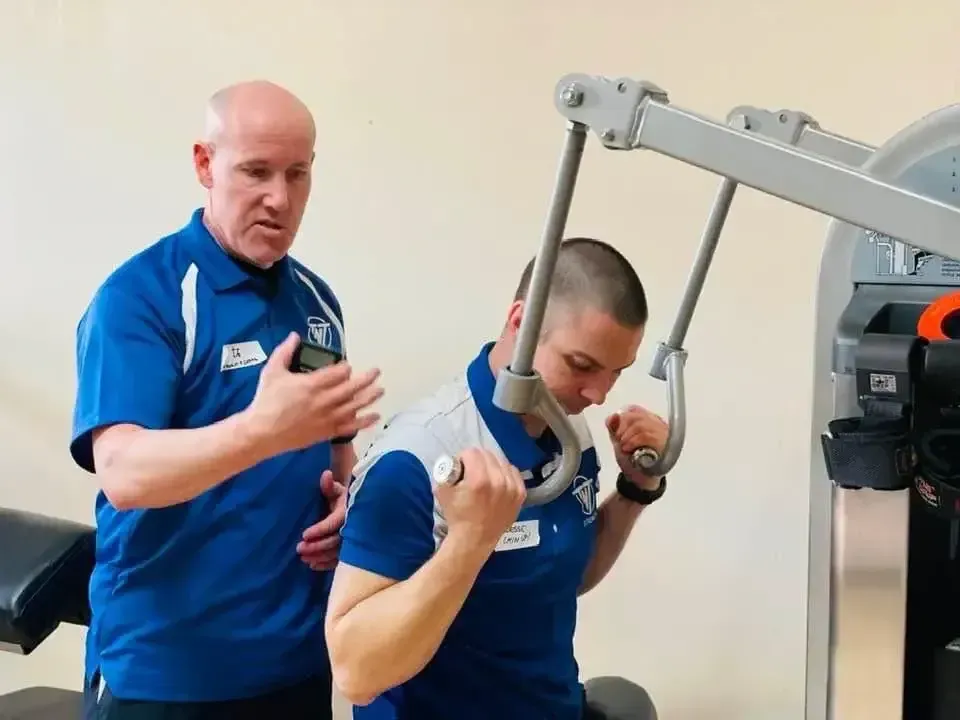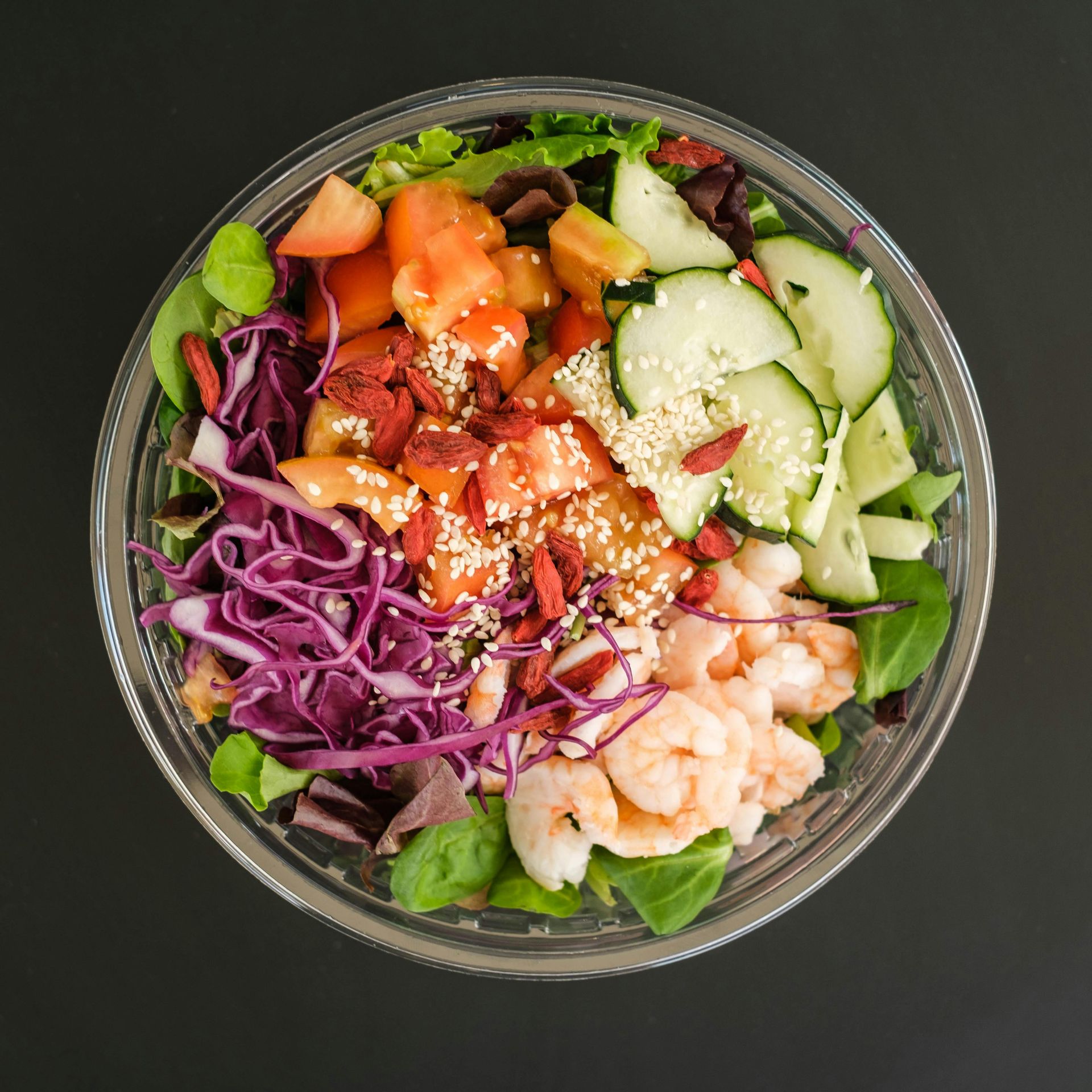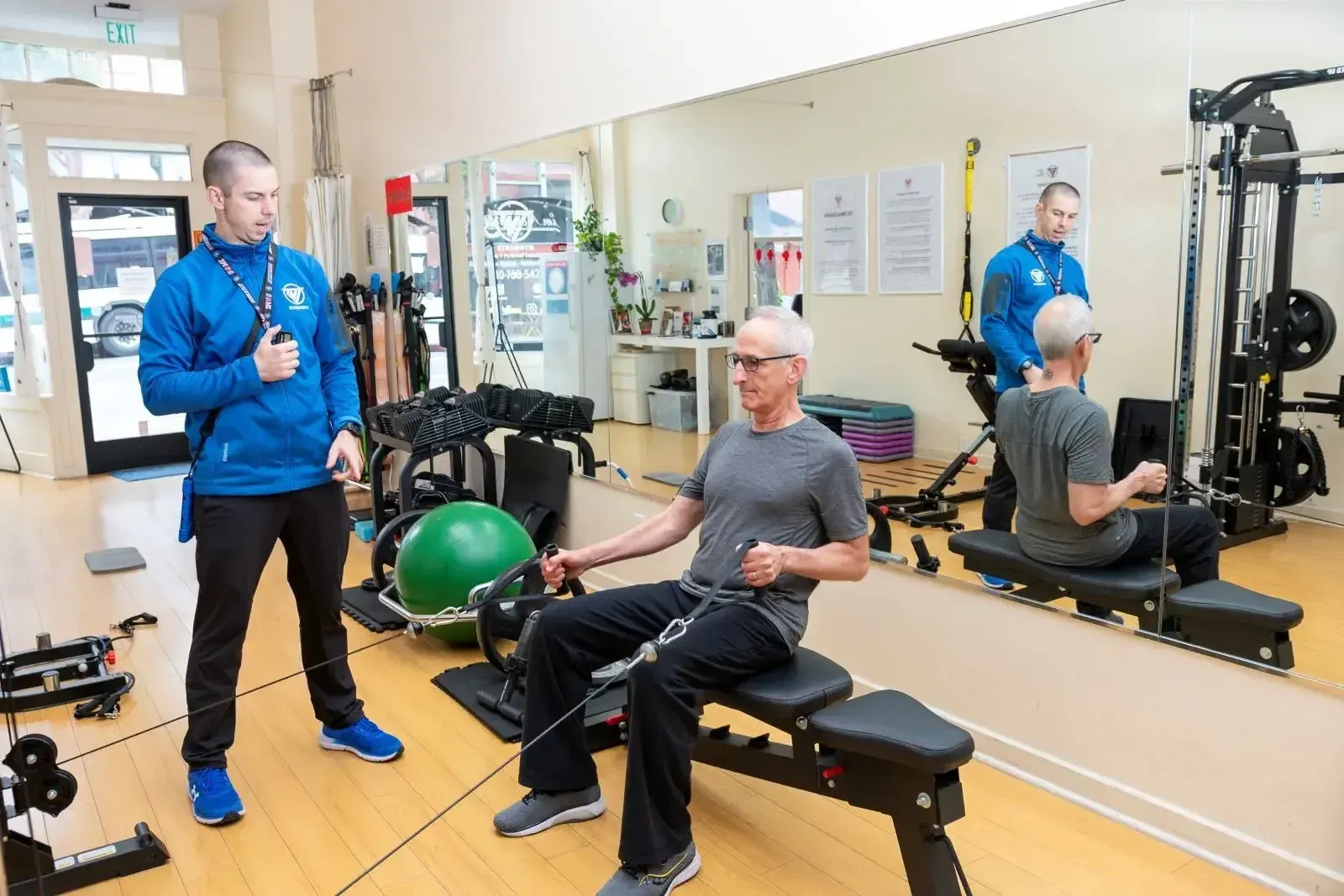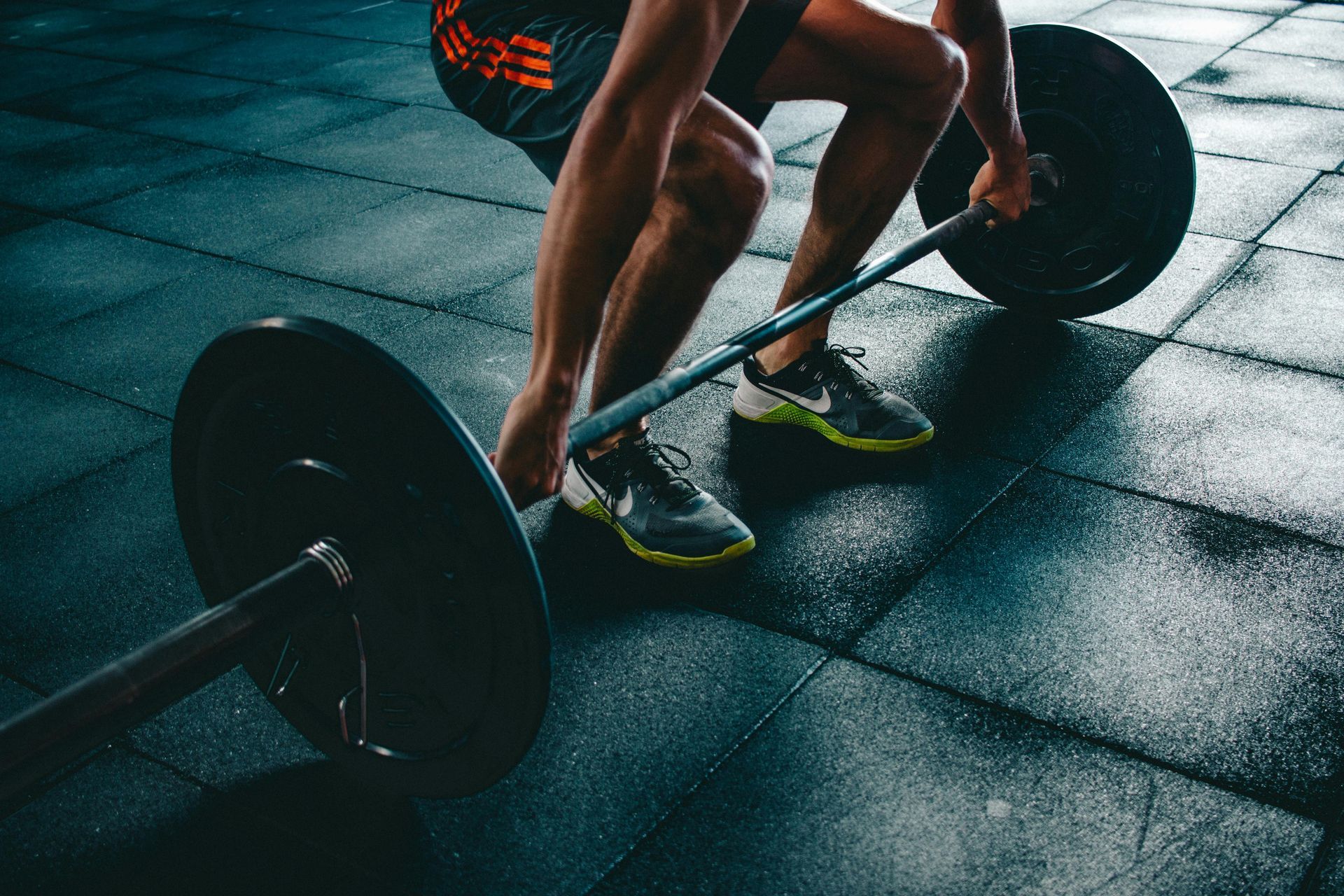Barbells, Bands, or Machines: Which Tool Builds Strength Most Efficiently?
At TNT Strength , we pride ourselves on being tool agnostic. That means we don't pledge allegiance to one piece of equipment over another. Our mission is simple: help people safely and efficiently build strength that translates into real-world functionality and longevity. Whether you prefer barbells, resistance bands, machines, or bodyweight training, the real question isn't what you use, but how you use it.

In this article, we're diving into the age-old debate: Barbells vs. Bands vs. Machines. Which one builds strength most efficiently? Spoiler alert: it's not about the tool—it's about the stimulus, the progression, and the recovery.
THE THEORY
Strength is a product of mechanical tension , progressive overload , neuromuscular recruitment , and sufficient recovery . As long as a training modality delivers these ingredients in an appropriate and safe manner, it can produce meaningful strength gains. What often matters most is:
- Consistency
- Effort
- Progressive resistance
- Proper recovery
Let's take a closer look at the pros and cons of each major modality through this lens.
THE APPLICATION
Barbells
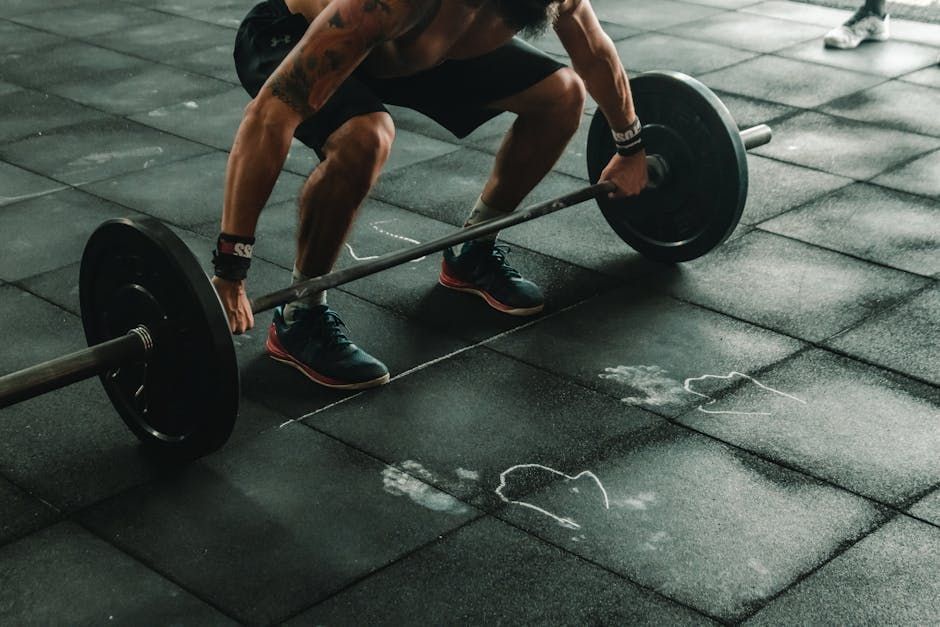
Pros:
- Enable maximal loading, especially for compound lifts like squats, deadlifts, and presses
- Great for training multiple muscle groups simultaneously
- Excellent for tracking progression (easy to measure load increments)
Cons:
- Higher learning curve and risk of injury if form breaks down
- Require more coaching and technique focus
- May stress joints and connective tissue more due to movement paths
Evidence:
- A 2017 meta-analysis by Schoenfeld et al. confirmed that free weights (like barbells) can be highly effective for hypertrophy and strength when properly programmed [1].
- However, the same study noted that machine and free weight training produce similar gains when matched for intensity and volume.
Resistance Bands

Pros:
- Portable, joint-friendly, and highly versatile
- Variable resistance challenges both concentric and eccentric phases uniquely
- Great for rehab, warm-ups, and active aging populations
Cons:
- Harder to quantify exact resistance (less precise than plates or stack weights)
- May not provide enough resistance for advanced lifters
- Resistance increases with stretch, which changes the force curve
Evidence:
- A 2019 study in the Journal of Strength and Conditioning Research found that elastic resistance training is just as effective as conventional weight training for strength development in both untrained and trained individuals [2].
- Another study in 2018 showed band training to be beneficial for improving muscular endurance and joint stability in older adults [3].
Machines
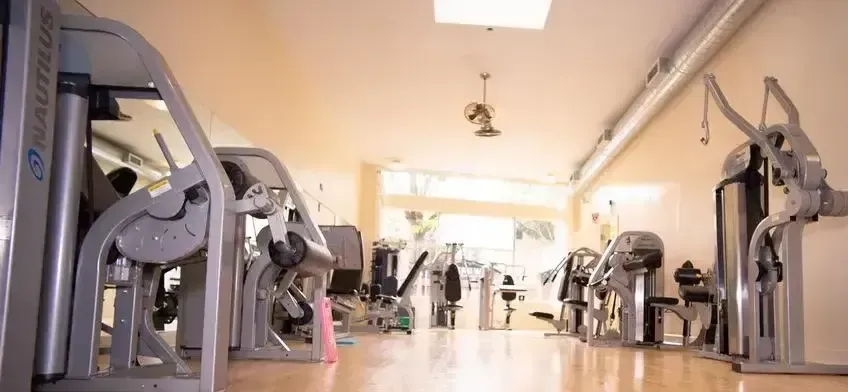
Pros:
- Offer safety and support, especially for beginners or those rehabbing injuries
- Minimize balance and coordination demands, allowing focus on effort and muscle fatigue
- Easier to isolate specific muscle groups
Cons:
- May have less direct transfer to real-world functional movement (in some cases)
- Fixed movement paths may not accommodate all joint angles
- Can give a false sense of security if form and range of motion are ignored
Evidence:
- A 2020 paper published in Sports Medicine concluded that machine training can be just as effective as free weights for hypertrophy and strength when intensity and volume are equated [4].
- A study in PLOS ONE (2014) found that leg press (machine) and squat (free weight) training yielded similar strength gains in a controlled population [5].
10 THINGS WE KNOW ABOUT TOOLS & STRENGTH

1. There's no single best tool for everyone — the best tool is the one that matches your needs, goals, preferences and current ability.
2. Proper intensity and progressive overload matter more than the equipment used.
3. Machines are ideal for controlled effort, especially in High Intensity Training (HIT).
4. Bands can provide effective resistance while minimizing joint strain.
5. Barbells allow maximal load progression but demand solid technique.
6. Older adults and rehab populations benefit greatly from machines and bands.
7. Tool variety can enhance compliance and engagement over the long term.
8. Exercise form, time under tension, and rest/recovery are critical, regardless of tool.
9. Scientific research supports strength gains across all modalities when variables are controlled.
10. At TNT Strength, we use the best tool for the job—whatever that job may be.
TAKU'S NOTE:

At the end of the day, strength is strength —your muscles don't know whether the tension is coming from a barbell, a band, or a selectorized machine. They only respond to load, effort, and progression . So don't get married to one tool. Stay flexible. Stay evidence-based. Be consistent. Whether you're training in your garage with bands, lifting heavy at a gym with barbells, or using high-end Nautilus machines like we do at TNT Strength —what matters most is the intent and execution behind your training.
Choose the tool that works best for your body , your goals , and your lifestyle —and don't be afraid to evolve.
Train hard. Train smart. Stay strong.
-- Liam "TAKU" Bauer
TNT Strength | Truth Not Trends
REFERENCES
- Schoenfeld, B. J., et al. (2017). Resistance training volume enhances muscle hypertrophy.
- Lopes, J., et al. (2019). Elastic resistance training vs. conventional resistance training: Effects on muscle strength. https://journals.lww.com/nsca-jscr/fulltext/2019/05000/
- Martins, W. R., et al. (2018). Elastic band resistance training improves functional fitness in older women. https://pubmed.ncbi.nlm.nih.gov/29337784/
- Schwanbeck, S., et al. (2020). A comparison of free weight squat to Smith machine squat: EMG and kinematic analysis. https://pubmed.ncbi.nlm.nih.gov/31475515/
- Weiss, L. W., et al. (2014). Comparisons of leg press vs. squat training on strength gains. https://journals.plos.org/plosone/article?id=10.1371/journal.pone.0113781
Experience the TNT Strength difference with a free workout.
START YOUR FITNESS TRANSFORMATION WITH A
FREE WORKOUT
Complete the form and we'll set up an appointment for you.

